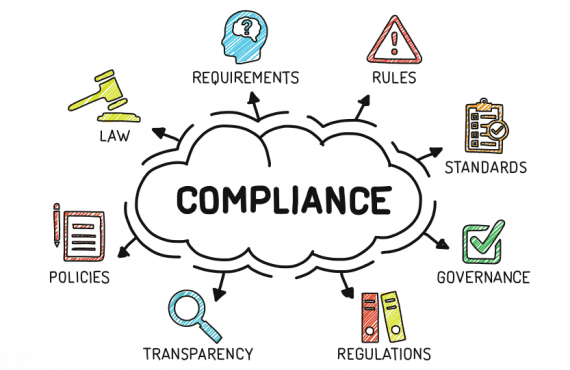Healthcare Compliance Perspective:
Healthcare providers must develop a written policy and procedure that clearly states sexual harassment in the workplace is not acceptable. Furthermore, management personnel must ensure that all employees are aware of this policy as well as what behaviors constitute sexual harassment. Once staff members have been educated on sexual harassment behavior and policy, channels for reporting such behavior must be created and all allegations of sexual harassment are taken seriously and investigated with zero tolerance for retaliation.
The Justice Department’s Civil Rights Division announced last week a second initiative to combat sexual harassment. This Sexual Harassment in the Workplace Initiative (SHWI)-focuses on workplace sexual harassment in the public sector.
Title VII of the Civil Rights Act of 1964 prohibits discrimination in employment based on race, color, national origin, sex, and religion. Sexual harassment is among the conduct prohibited by the law because it is a form of sex discrimination.
The DOJ’s first enforcement action brought under the SHWI is a lawsuit against the City of Houston, alleging that the Houston Fire Department (HFD) discriminated against two female firefighters based on their sex in violation of Title VII when it allowed them to be subjected to sexual harassment in the workplace.
As part of the Initiative, the Justice Department will continue to bring sex discrimination claims against state and local government employers with a renewed emphasis on sexual harassment charges. The Department will also work to develop effective remedial measures that can be used to hold public sector employers accountable where Title VII violations have been found, including identifying changes to existing employer practices and policies that will result in safe work environments.
The Department will also conduct outreach to state and local government employers that centers around five critical areas: (1) creating trusted and safe avenues for employees to report sexual harassment; (2) ensuring management support for anti-discrimination policies and practices; (3) implementing accountability measures to ensure the timely and effective resolution of sexual harassment complaints; (4) adopting comprehensive anti-sexual harassment policies and procedures that include regular, tailored, and interactive training for employees; and (5) providing safeguards against retaliation for persons who report sexual harassment and for employees who support them.















































































